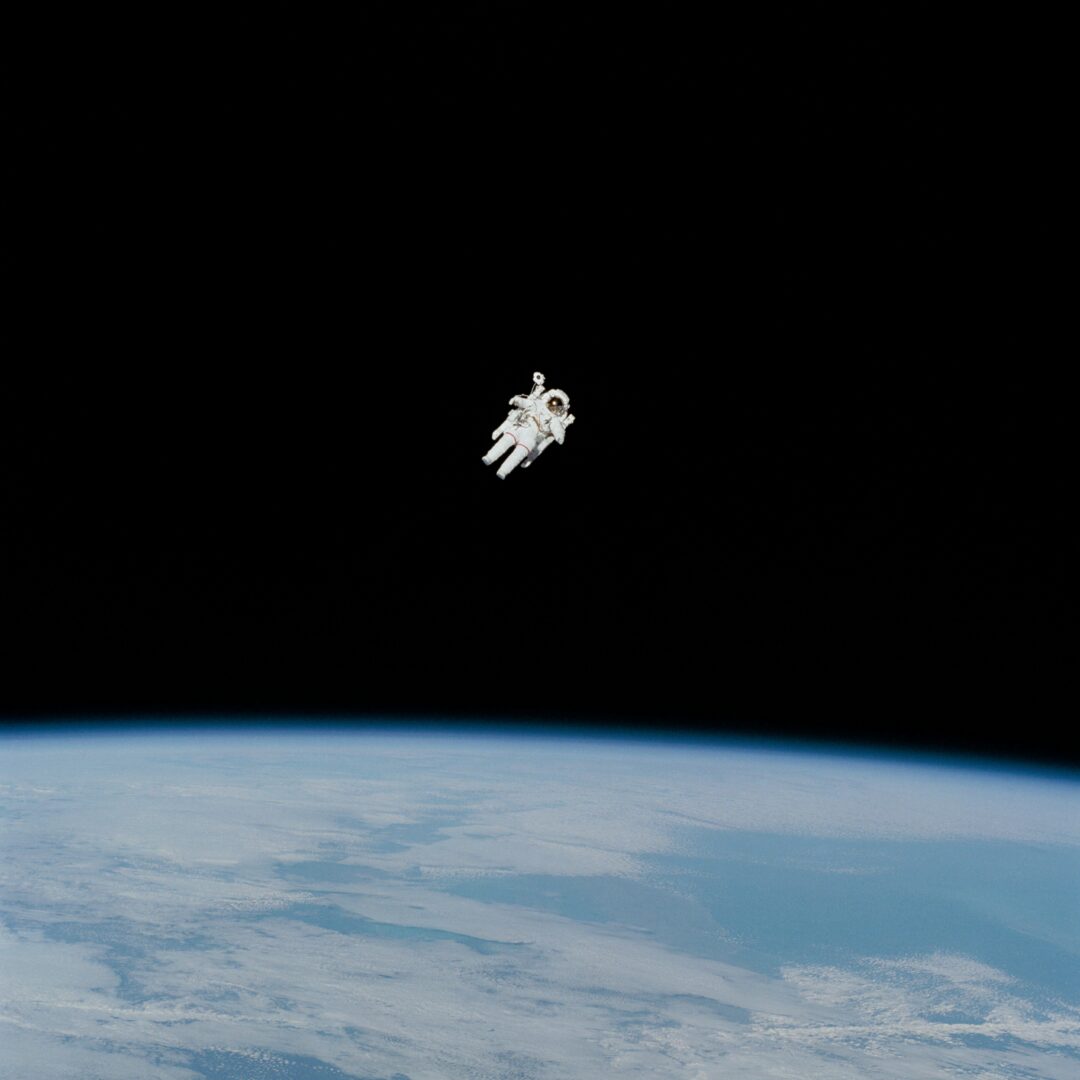NASA is getting ready to start with human missions to the Moon under the Artemis programme. The more that missions move away from Earth, the more complex keeping astronauts healthy becomes… Communication delays and limited access to medical teams on the ground make traditional medical support difficult for long trips.
Astronauts get their training in cardiopulmonary resuscitation, basic first aid, behavioural health and using a medical kit. They’re also taught things like the conditions that may come with space travel, and this could be things like understanding the effects of carbon dioxide exposure and decompression sickness. Doctors, psychologists and flight surgeons on the ground monitor astronaut health before, during and after missions.
On the International Space Station, astronauts can use medical equipment and a stocked pharmacy. They can return to Earth for urgent care if needed. For missions outside low-Earth orbit, such as Moon or Mars expeditions, real-time support is impossible.
What Is The Crew Medical Officer Digital Assistant?
NASA and Google have created the Crew Medical Officer Digital Assistant, or CMO-DA, to help astronauts manage medical situations when contact with Earth is limited. This AI system can analyse symptoms and suggest treatments. It also offers flight surgeons predictive analytics to assist decisions.
CMO-DA uses natural language processing and machine learning. It draws on spaceflight research to analyse crew health and performance in real time. Early trials tested the system on multiple medical scenarios. Results measured with the Objective Structured Clinical Examination framework showed accurate diagnoses based on reported symptoms.
Google and NASA are working with medical doctors to improve the model. The system can support a designated crew medical officer or flight surgeon during Moon and Mars missions. Google said it could also help people on Earth in remote areas with limited healthcare access.
More from News
- UK Non-Dom Laws Have Changed In 2025, But How Much?
- Is The Legal Battle Between Apple And The UK Over Encryption Really Over?
- Topshop Back In UK? These Are Some Brands That Disappeared And Came Back?
- Zoom Launches New AI Features, Including Agentic AI
- UK Appoints Former OpenAI Exec As Prime Minister’s AI Adviser
- Reports Find Commercial UK Data Centres Use Minimal Water
- 84% AI Web Tools Show Breaches And Encryption Gaps, Says BDI
- We’ve Heard Of ‘Deepfake’, But What Is ‘Cheapfake’?
Why And How Is AI Impacting Astronauts?
For those below low-Earth orbit missions, astronauts can’t really depend on quick responses from Earth. Traditional support will not respond in time for emergencies on the Moon or Mars. The AI assistant can guide crews to manage health conditions and support decisions when specialists cannot respond quickly.
The IEEE study said medical operations on deep-space missions must be much stronger than on the ISS. The AI can anticipate questions from specialists on the ground and give accurate diagnoses without repeated exchanges. This makes it less of a risk and allows crews to handle emergencies independently.
NASA’s Artemis II and III missions will carry humans to the Moon for the first time since the 1960s. Testing AI-assisted medical care on these missions will show how crews can manage emergencies when help from Earth is delayed.
What Would NASA and Google Move On To?
NASA and Google are testing CMO-DA with doctors and astronauts. Trials will examine a range of medical scenarios to ensure the AI gives reliable support for both planned and unexpected situations. The system will collect feedback from crews to improve accuracy.
Google said the project demonstrates how AI can extend healthcare in remote or extreme environments. For NASA, CMO-DA could help astronauts handle emergencies independently while keeping them safe and able to complete mission objectives.

